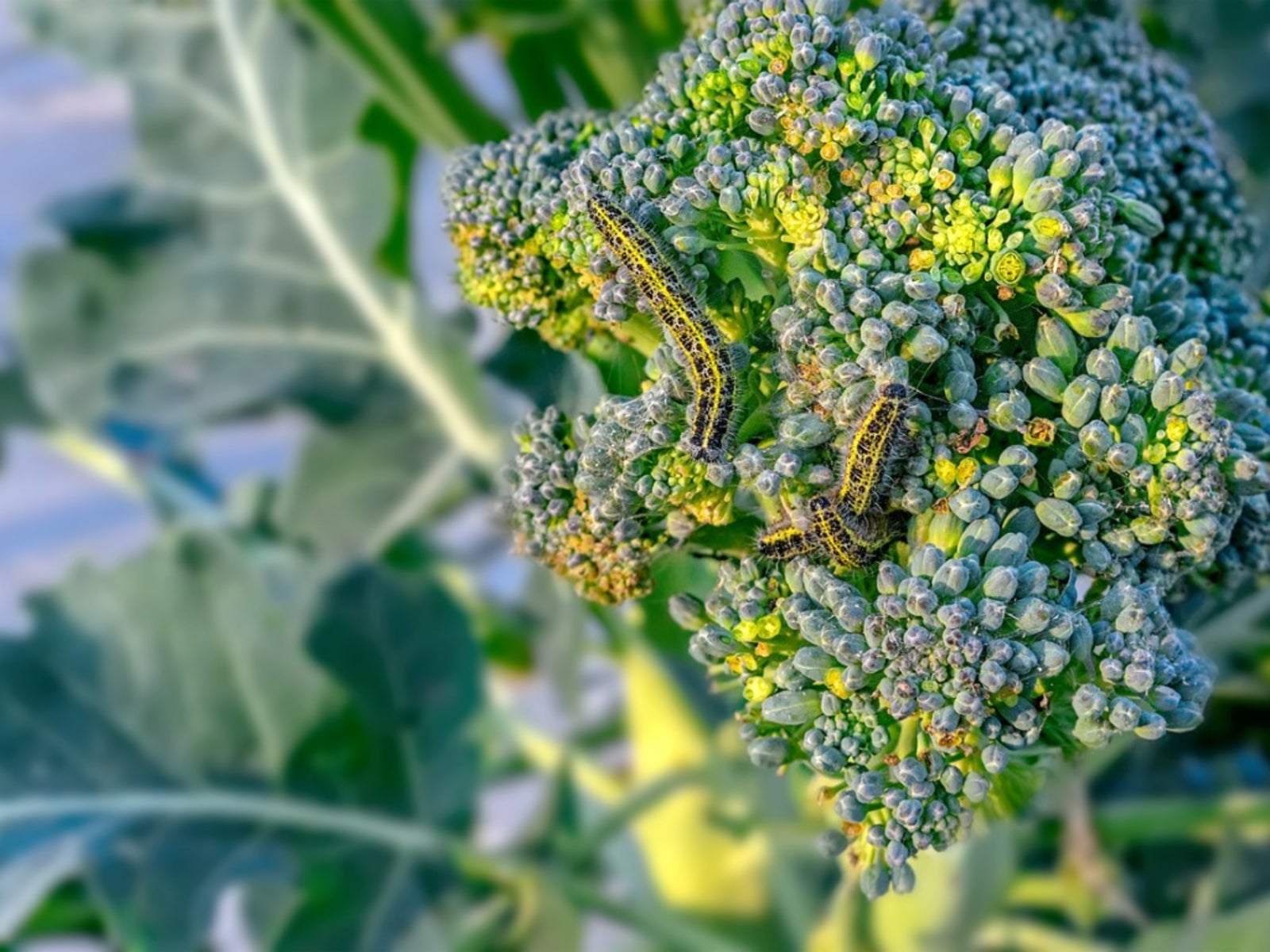Broccoli Growing Problems: Information About Common Broccoli Diseases And Pests


High in nutrition and low in calories, broccoli is a tasty, cool-season crop, easy to grow in the right conditions. Healthy plants can withstand light infestations of insects and some diseases. Plant it in early spring or late summer for a fall and winter crop. Choose a location with plenty of sunlight, rich, well-drained soil, and good air circulation to help keep the plants dry and prevent most broccoli growing problems. Let's learn more about treating broccoli issues that are most common in the garden.
Common Broccoli Pests
Insects enjoy eating broccoli plants almost as much as the people who grow them do. Here are some of the most common broccoli pests and tips for treating broccoli issues associated with them:
- Cabbage worms - These pests are the larvae of moths and butterflies. You may notice white or gray moths fluttering around the plant—a sure sign that you'll soon have problems with their offspring. Cabbage worms cause serious damage by feeding on broccoli leaves. Handpick as many as you can. Young larvae are easily controlled with insecticides containing Bacillus thuringiensis or spinosad.
- Aphids - Aphids are tiny, soft-bodied insects that feed on the undersides of broccoli leaves, causing them to become discolored and wrinkled. A strong spray of water from a hose knocks them off the plant. Treat serious infestations with insecticidal soap or neem oil.
- Flea beetles - These tiny, black insects leave numerous small holes in the foliage. Continued feeding can kill seedlings and reduce the yield of mature plants. Use an insecticide labeled for use against flea beetles. They overwinter in the soil, and good end-of-season cleanup can reduce their numbers.
- Cutworms - Cutworms cut off young seedlings at ground level. They work at night, and you may wake up find that your broccoli row looks like tiny lumberjacks have been at work, felling otherwise healthy plants. Plant sturdy seedlings instead of seeds, and wrap the area of stem at soil level with a “collar” made of cardboard or cloth. They sometimes bore into the heads of mature plants. Protect the plants by treating them with B. thuringiensis or spinosad sprays.
Treating Common Broccoli Diseases
Broccoli growing problems also include bacterial and fungal diseases. A number of leaf spot diseases infect broccoli plants. Rotate crops to avoid growing members of the cole family in the same area more than once every three years. Space the plants appropriately to allow good air circulation and apply irrigation directly to the soil to keep the plants dry as much as possible. Powdery mildew leaves broccoli plants looking as though they were dusted with flour. The first parts of the plant affected are the broccoli leaves. Fungus spores may spread to the stems and head if not controlled quickly. As with most fungi, plenty of sunlight, good air circulation, and dry plants go a long way toward controlling the problem.
Additional Tips for Treating Broccoli Issues
When cultural controls don't solve broccoli pests and disease problems, you may feel that you have no choice but to use insecticides and fungicides. Always choose the least toxic option. Read the labels carefully and follow them exactly. Store chemicals in their original containers and keep them out of the reach of children.
Sign up for the Gardening Know How newsletter today and receive a free copy of our e-book "How to Grow Delicious Tomatoes".

Jackie Carroll has written over 500 articles for Gardening Know How on a wide range of topics.